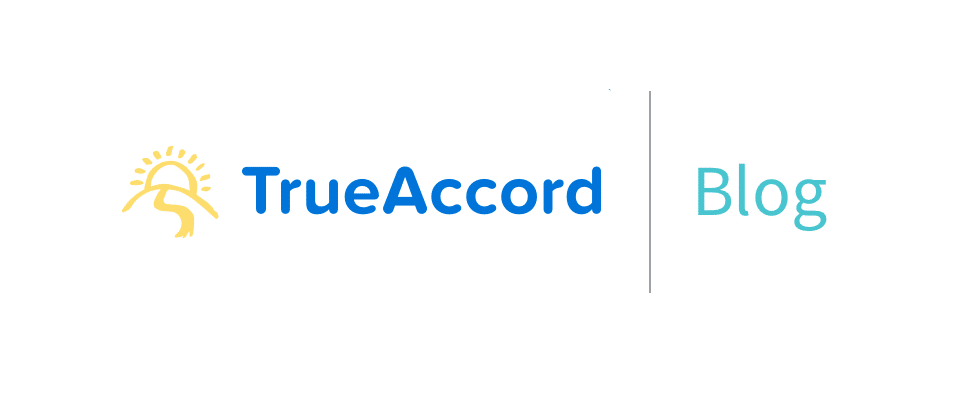
Measuring the success of a recovery strategy goes beyond just the dollars and cents recovered. Yes, the goal of a recovery operation is to maximize profitability by efficiently recovering money lent to consumers, but other key factors — like consumer experience and retention — are also important in evaluating the success of your business.
A recovery team could theoretically chase down every last delinquent dollar, but doing so is often not worth the operational cost of the effort, and the associated legal and reputational risk can cut into profitability.
In this blog post, we’ll share the most important key performance indicators (KPIs) for collections and recovery — and how you can use them to create a seamless, scalable, and world-class recovery practice.
Meet the Metrics
Whether looking at portfolio performance, operational profitability, or consumer experience, different KPIs play a role in measuring the success of a recovery strategy. Collectively, these metrics make up the “language” of recovery and collection — helping organizations understand the fundamentals of their operation.
Here are a few of the most integral metrics to know:
Accounts per Employee (APE) or Accounts to Creditor Ratio (ACR): the number of delinquent accounts that can be serviced by an individual recovery agent
Net Loss Rate or Net Charge Off Rate: measures the total percent of dollars loaned that ended up getting written off as a loss
Delinquency Rate: total dollars that are in delinquency (starting as soon as a borrower misses a payment on a loan) as a percentage of total outstanding loans – often an early warning sign on the total volume of delinquent debt
Promise to Pay Rate: the percentage of delinquent accounts that make a verbal or digital commitment to pay
Promise to Pay Kept Rate: the percentage of delinquent accounts that maintain a stated commitment to pay
Roll Rate: the percentage of delinquent dollars that “roll” from one delinquency bucket to the next over a given period of time – provides visibility into the velocity with which debts are heading into charge off
Profitability of a Collections Operation Formula: R x ResF x E
R [Reach]: percentage of consumers in delinquency can you actually reach
ResF [Resolution Funnel]: how effectively you can convert initial contact with a consumer into a commitment to pay – and ultimately, a payment promise kept (see Promise to Pay Rate and Promise to Pay Kept Rate)
E [Efficiency]: calculation of what the “unit economics” of your collection are and how much it costs, on average, for every account that you rehabilitate
The following diagram highlights the relationship between these core operational metrics of a recovery strategy and portfolio-level outcomes.
In the hyper-competitive financial services space, consumer experience is a source of competitive advantage. That’s why it stands to reason that alongside the “traditional” metrics we see above, forward-looking fintechs and lending organizations should include KPIs that measure the value of consumer experiences:
Net Promoter Score (NPS): how likely a consumer is to recommend a given brand after an experience with a brand’s collection organization
Customer Retention Rate: how likely a consumer is to be reacquired by a given brand after his or her delinquent account is rehabilitated
How to Make the Most Out of These Metrics
So you have traditional metrics and consumer-focused KPIs, but how do you use it all? Managing performance with operational and consumer-centric metrics requires understanding the economics of recovery. Successful organizations will use the data to measure trends against the company’s own historical data, evaluate partners and strategies, and understand the big picture.
Understand the Big Picture
Visualize the relationship between operational metrics and portfolio-level outcomes. Conduct scenario planning exercises (e.g., “if we were able to improve the reach of our efforts by 25% through digital outreach, we would be able to reduce our net loss rate by 750 basis points”).
Measure Trends Longitudinally
Benchmark against a company’s own historical data as the collection team rolls out new strategies and tactics (e.g., “we boosted our promise to pay kept rate by 350 basis points relative to the previous vintage with pre-payment date reminders”)
Evaluate Partners
Assess potential collection vendors against a standard slate of metrics and KPIs (e.g., “of the three vendors that we evaluated for our collections, which one led to the greatest reduction in roll rate?”)
Moving Towards World-Class Recovery
Understanding collection KPIs and how to use them is a critical part of creating an effective recovery strategy — learn about all the components of a successful collection operation in our new ebook, the Guide to World-Class Recovery. Available for download now, this ebook provides the tools and frameworks to ensure that you’re architecting the right recovery strategy for your company for the long run.